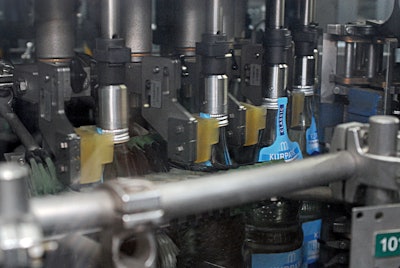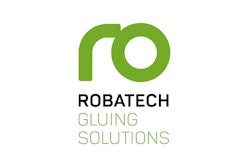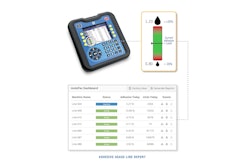Founded in 1926 in the Black Forest of Germany, Peterstaler Mineralquellen GmbH bottles mineral water, lemonades, spritzers, and sports drinks, and it is still family-owned today. The beverages are filled into glass or PET bottles of different sizes, both disposable and returnable containers. In all, about 80 different products make up the product line.
The mandatory deposit for disposable packaging that took force in Germany on January 1, 2003, initially suppressed the market for non-returnable glass bottles for several years. Over the last three or four years, however, there has been a kind of renaissance for mineral water in bottles. The general trend towards healthful eating and regional products has given glass new life in the beverage packaging arena. Classical mineral water brands have seen stable growth in this product segment again the past few years. So at the beginning of 2015, management at Peterstaler made the decision to purchase a new glass filling line to be installed at the firm’s Bad Peterstal plant.
New glass filling equipment was included in the plan, and various engineering companies were evaluated before KHS was selected as the complete provider capable of delivering the entire system from a single source, including the conveyor belts and labeler.
“We wanted to purchase a system with a capacity of 30,000 bottles per hour,” notes Technical Lead Wolfgang Sum. “The system would have to consume significantly less power, be operated by no more than two people, and fit into the close quarters of 600 square meters on the third floor. Quick changeover was extremely important for us, because on average the system has to be changed over to a different format every three to four days.”
Installed for labeling purposes was the KHS modular Innoket Neo. Machines in this series can handle self-adhesive, cold glue, roll-fed, or hot melt adhesive labels with a throughout of up to 60,000 bottles/hr. Five different glass containers are processed on the Bad Peterstal machine: 0.5-liter, 0.7-liter, 0.25-liter restaurant, 0.5-liter restaurant, and 0.75-liter restaurant bottles.
The German Mineral Water Ordinance requires that mineral water must be sold with a point of origin guarantee. This can be implemented using a screw cap with a tamper-evident seal, or with a shoulder-label seal. Peterstaler Mineralquellen has always used the shoulder-label seal and wanted to keep that solution. The shoulder label used for this purpose has a strap pointing up, which is applied to the twist top using a hot melt glue point. When the bottle is opened, the paper label tears between the cap and the shoulder of the bottle, and making it visible that the bottle has been opened. To apply the hot melt to this shoulder label, KHS relies on technology from Robatech AG.
One application head
A Robatech Concept B5/2 melting system melts the hot melt adhesive, which is conveyed to Robatech’s SpeedStar Diamond application head using a water-resistant heated hose. A single application head is used.
“With the Speed-Star, KHS rotary labelers now apply two hot melt points to the cap,” says Andreas Felder, Sales Lead Southwest at Robatech. “Since the aluminum screw caps also have a thread on the outside, using a single point would run the risk of the hot melt falling inside a thread. Using two points guarantees that at least one thread ridge gets glue, which is necessary to ensure the secure hold of the sealing label.”
The glue points are also inspected for presence by an infrared sensor that comes from Robatech. Bottles without a shoulder-label seal glued in place are sorted out. Application control is done by the Robatech AS 50 AK control unit, which is connected to the KHS system controller by Ethernet. That lets the customer control our pattern control from the KHS touch screen.
Wolfgang Sum is extremely satisfied with the adhesive application system from Robatech: “I was already familiar with spray adhesive technology from Robatech and really wanted to have that kind of system in our new glass filling line again. So we were excited to find that KHS already recommends an adhesive application system from Robatech in their Innoket Neo.“
KHS primarily integrates Robatech systems into their filling lines. “Our field of oerations corresponds well with solutions from Robatech, and the signal interchange works perfectly. Unless the customer explicitly has other wishes, adhesive application systems from Robatech are our first priority,“ says Cornelius Adolf, Product Manager Labeling Technology at KHS. Systems from Robatech can also be upgraded into existing lines without any problems.
“Since we only fill on a single glass line, availability is vital for us,“ says Wolfgang Sum. “The perfect quality of Robatech adhesive application technology offers us high reliability in production. Contact with Robatech service technicians is also competent and direct. If we run into even a small problem, it gets solved immediately. We are also satisfied with the sustainability of the system, because it lets us reduce not only power consumption but glue consumption as well.“ The new glass filling line was opened in February 2016, he adds, and has run problem-free ever since.

































